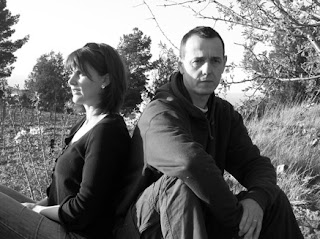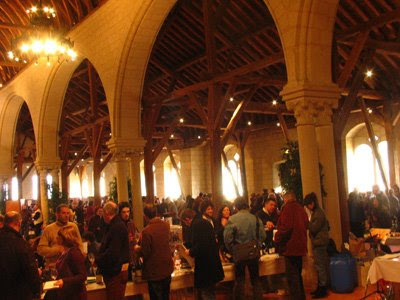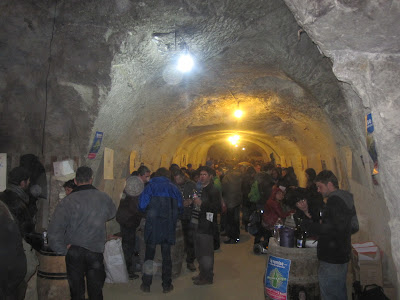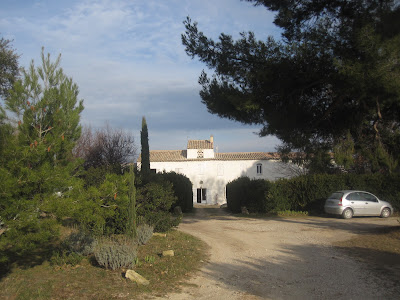All in all, it's been a banner year, and 2013 is looking even better. Looking back and forward, I've had some time to think about the current state of the wine business, and there's both good and bad news.
The bad: it's still frustrating to represent small-grower wines when people instinctively reach for the big brands. Now, I don't blame them, the marketing dollars mean that those names are always at the front of their brains when they're in the wine store. But it would be nice (and not just for me but for all small importers) if more people were more adventurous. The good: the number of folks willing to try new wines is growing by leaps and bounds, so there's something positive to say about the situation. They're also realizing that wine isn't meant to be just a cocktail but is meant to compliment and add to a meal with friends and family.
Most frustratingly, the wine business is still full of large-scale brands made by coops and factories instead of the small farmers we try to support. They and their distributors aren't afraid to take a loss to maintain market share, which makes it difficult for small guys like me to compete. Not impossible, just harder than it should be. I know, I know, every single small business owner probably says the same thing. So be it.
2012 also seems to have been the year of the Natural Wine. There were lots of debates about what they were (there is no official definition aside from "un-manipulated", which itself can be left open to interpretation). What was left unsaid, frankly, and I might get some flack for this, but who cares, and is the Natural Wine movement's dirty little secret, is exactly that: too many of these wines taste like dirt, with rotten meat and poopy notes. Basically, many of these wines are undrinkable by all but a small geeky crowd. Most civilians who try some of these science experiments will never want to touch a bottle again. In short, there's way too much bad "natural" wine out there using the term as a marketing and selling tool instead of focusing on increasing the quality of their products. I'm not saying all natural wines are bad, but quality needs to improve a lot more before they become more popular. Here's hoping to that in 2013 as many of these wines can be interesting and wonderfully alive when they're good.
Critics also seemed to be losing ground to the virtual cloud of tasters represented by social media (Facebook, Twitter, etc...), forums (like Wine Berserkers) and aggregator sites (like CellarTracker). The most traditional site, The Wine Advocate, was sold to a small group of Asian investors, meaning that Robert Parker, the uber-critic for decades, is heading into the twilight of his career. But these are mainly frequented by the more hard-core wine geeks, whereas the general public still constantly asks what scores wines have gotten. Again, I don't blame them, it's a symptom of the mystery that still surrounds wine.
Speaking of which, I'm glad to report that the US is opening its palate at a dizzying pace. My travels this year within the country have shown me that, despite what I wrote above, a larger number of people are thirsty for more than just the big brands. They're genuinely curious and interested in trying new things. This helps to de-mystify this wonderful beverage we call wine. The more people start experimenting with new wines, new grapes, new vineyards and new countries, the better it is for everyone.
Perhaps I'm an optimist, but I really do see some great things coming in 2013. Not just for me (though it is my blog so I could be excused for just focusing on myself, which I assure you I won't do, dear Reader). But for the whole wine-drinking world. More higher-quality wines at better prices from more places, some of them coming to our shores for the 1st time.
It's been said before, but there has never been a better time to be drinking and exploring the wide world of wine than now.
Cheers and Happy and Healthy New Year!
Stay Thirsty!




































